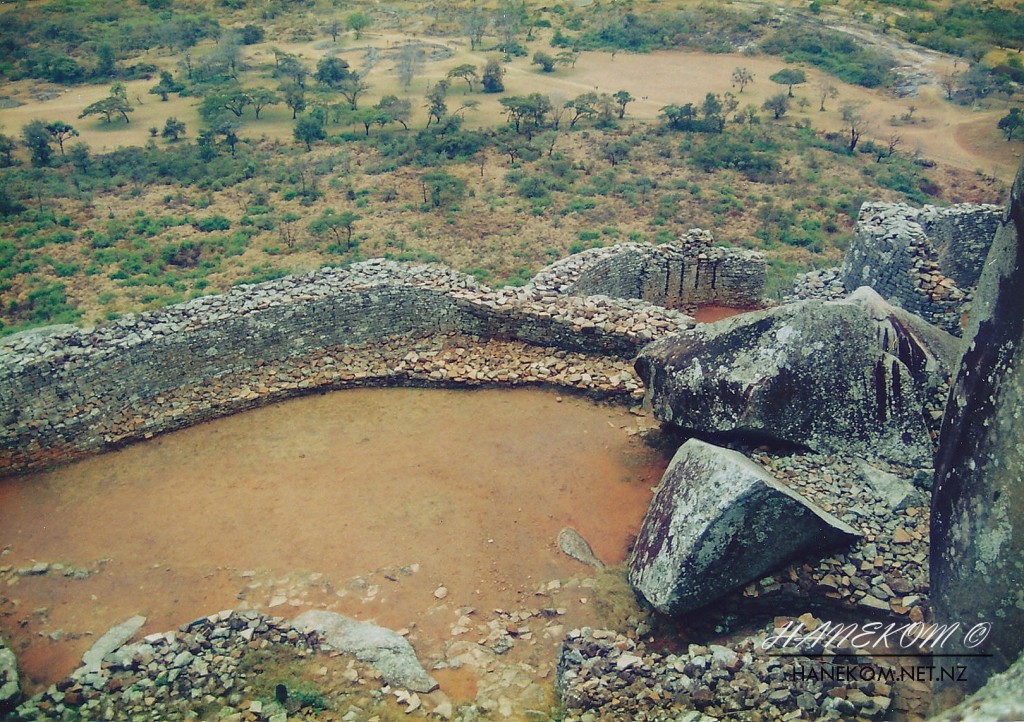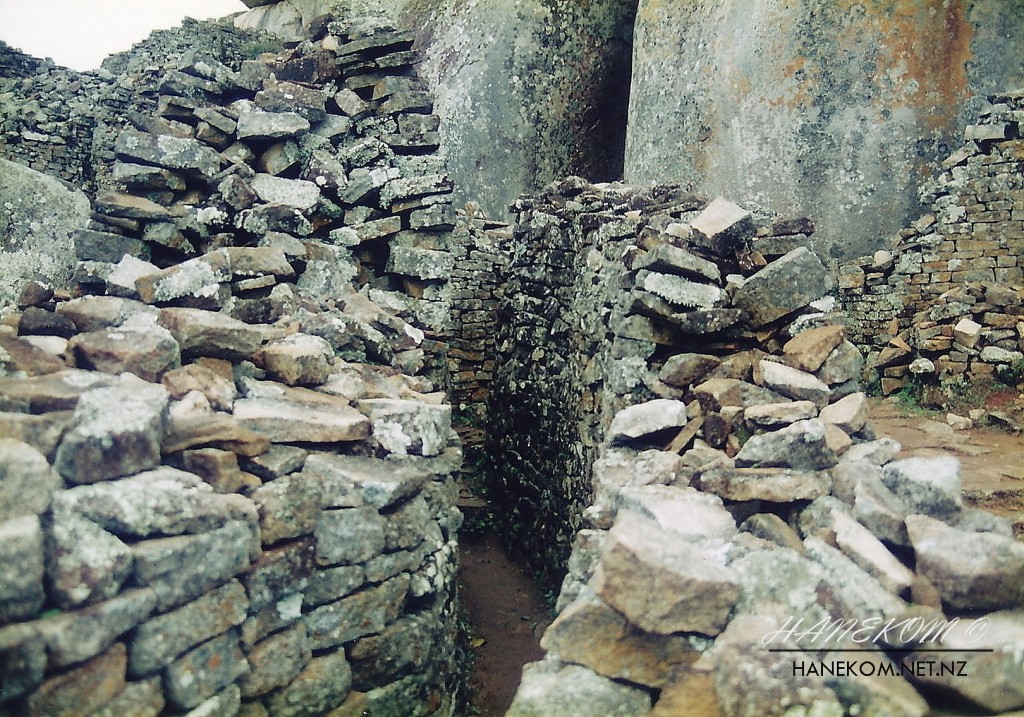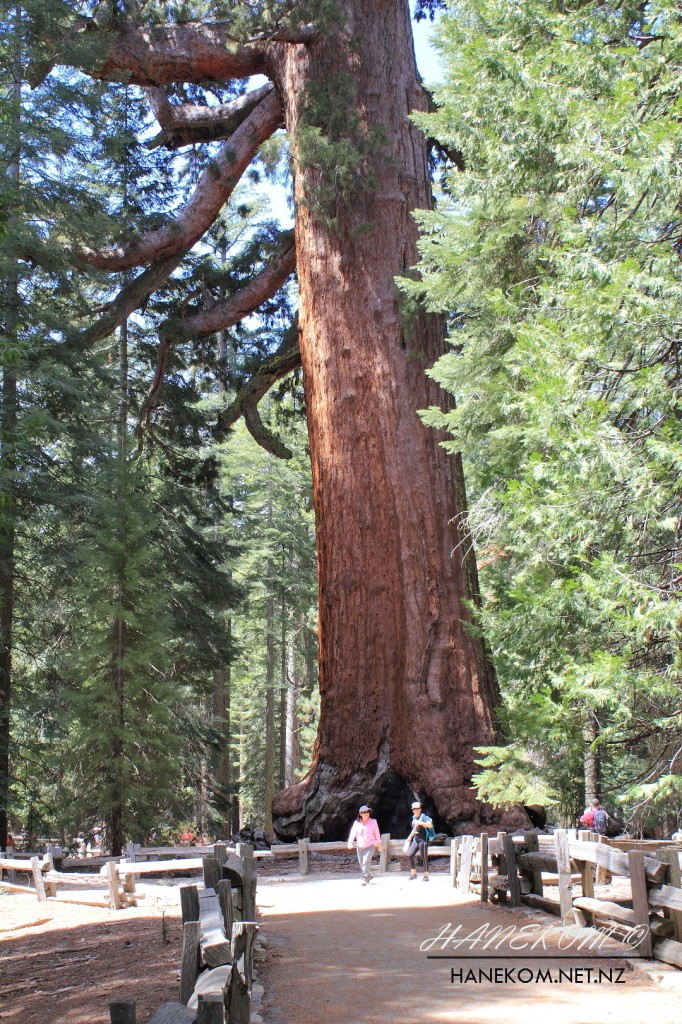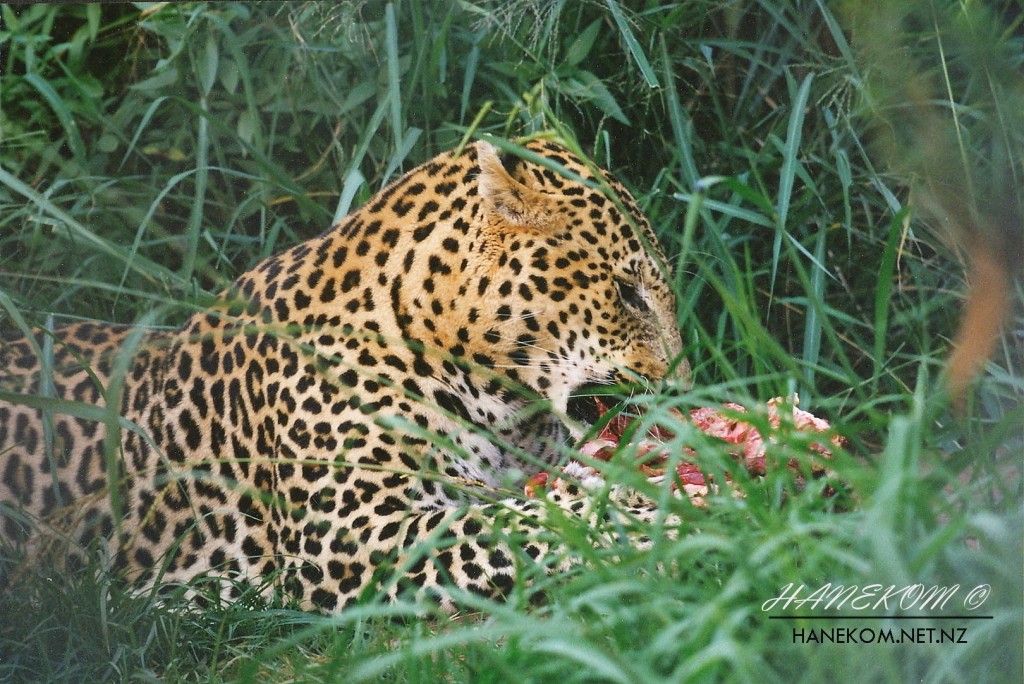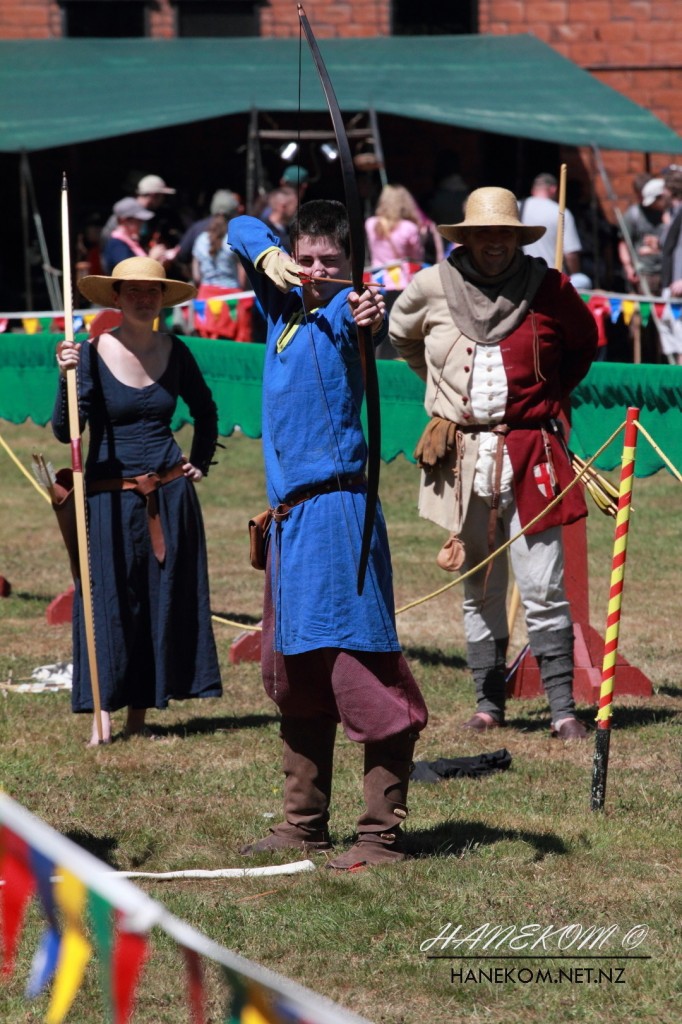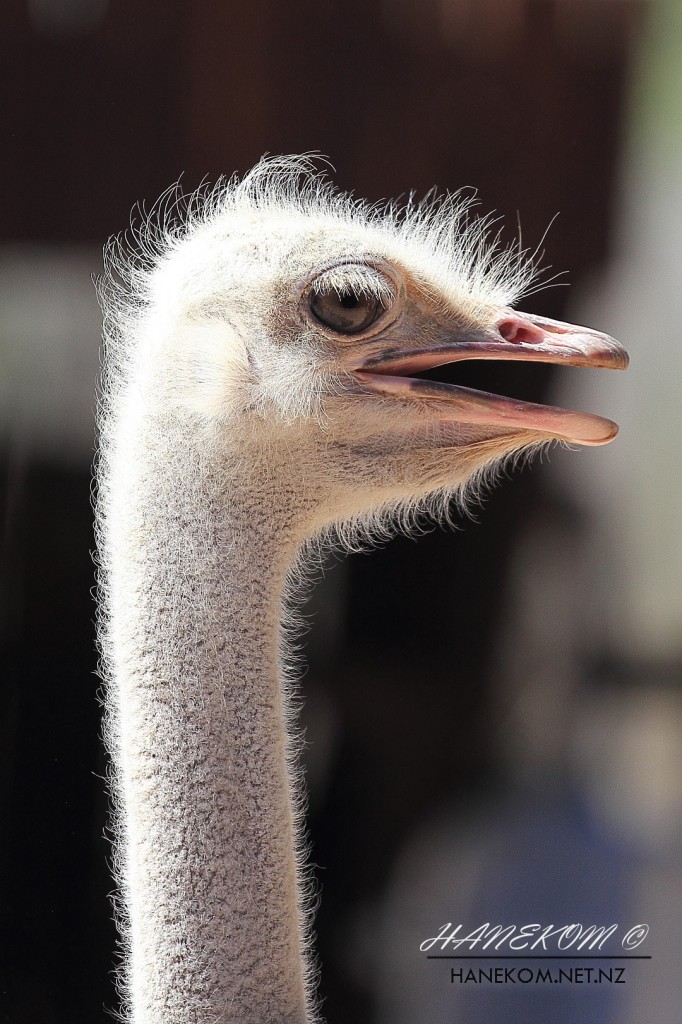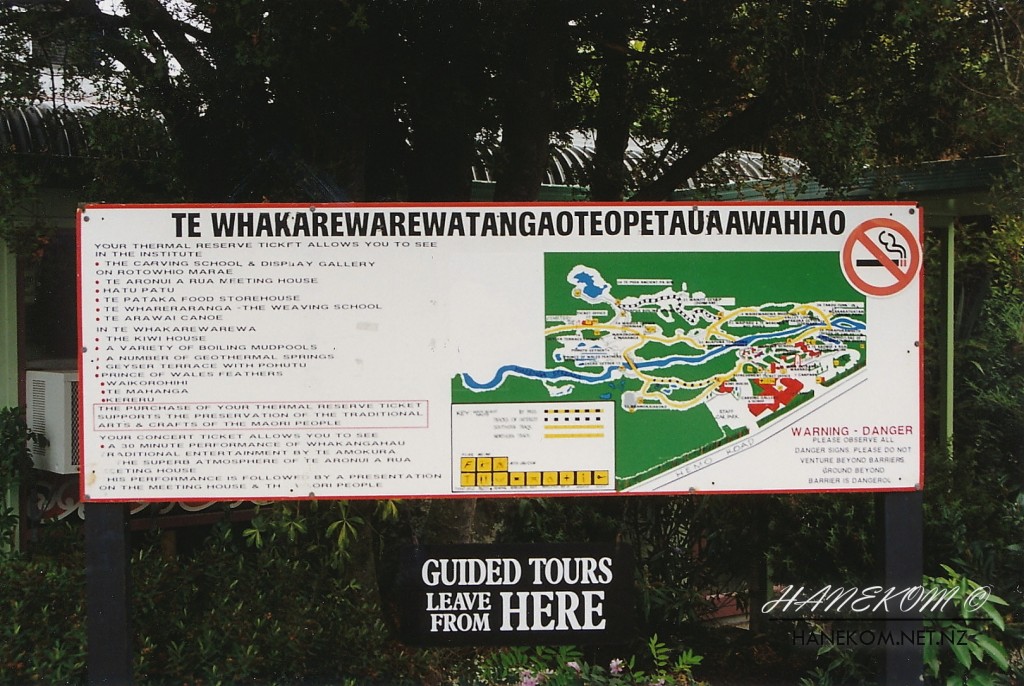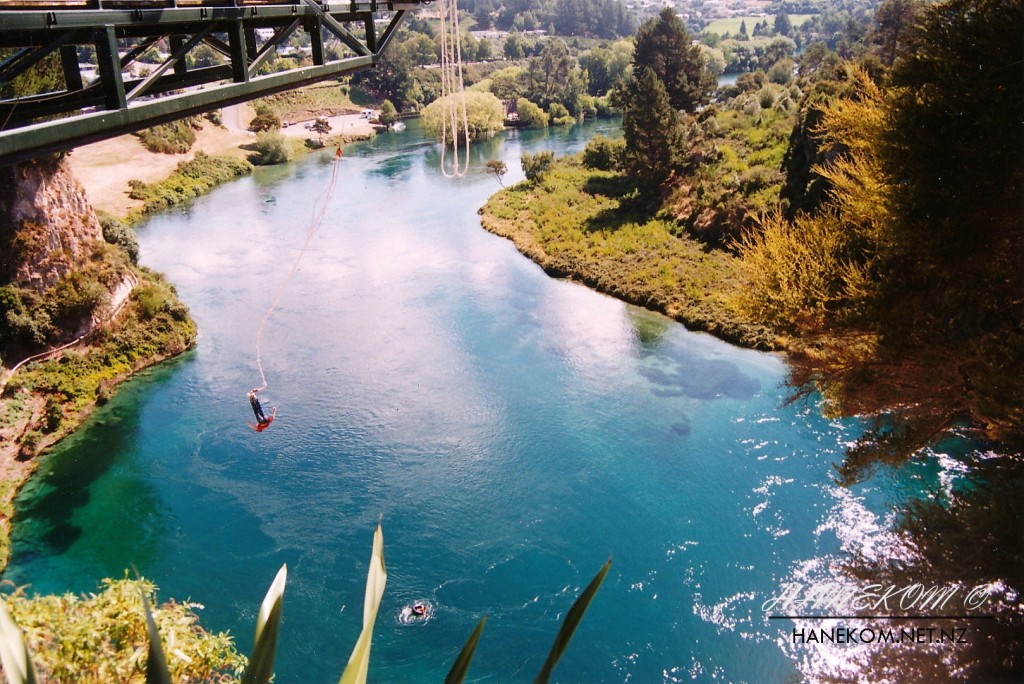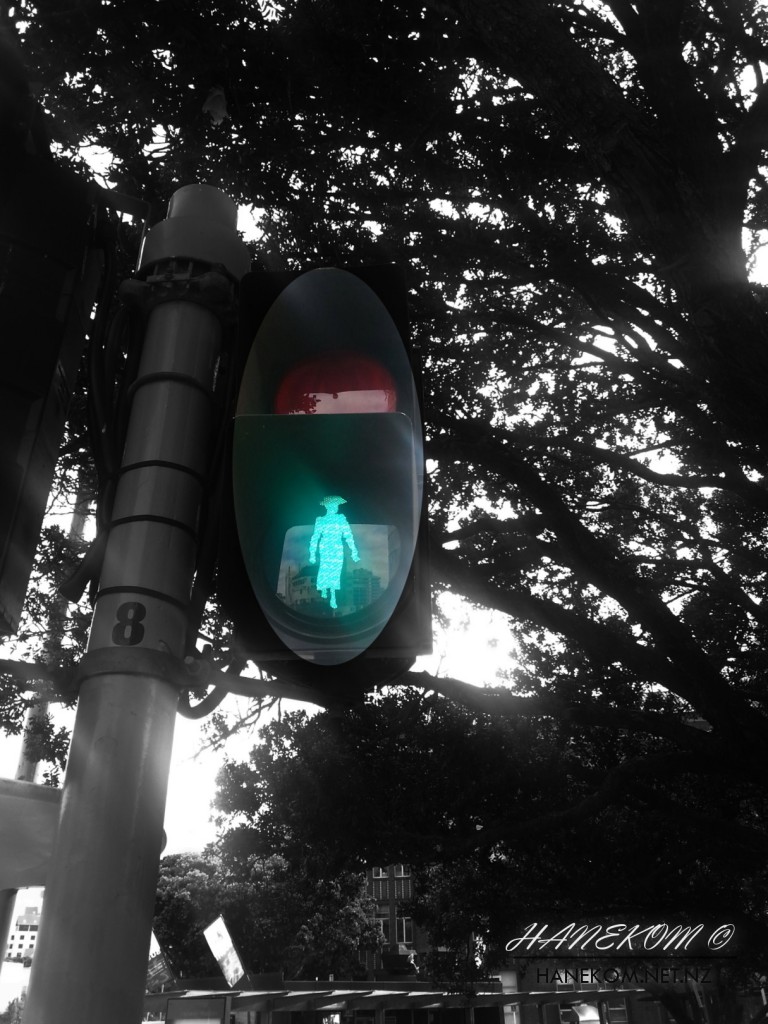Lake Malawi is the southernmost lake in the East African Rift system. It is one of the 10 largest lakes in the world and the third largest in Africa.
This lake is home to more species of fish than any other lake.
Aquarium keepers are mostly familiar with the wide variety of colourful and popular aquarium fish, Cichlids, of which there are about 1000 species in the lake.
The lake is also home to vast numbers of lake sardine (Engraulicypris sardella), an important food species.

(#91 of 100)
